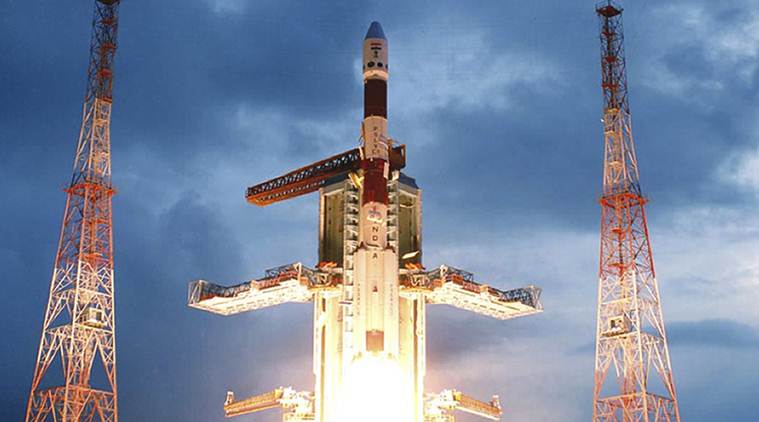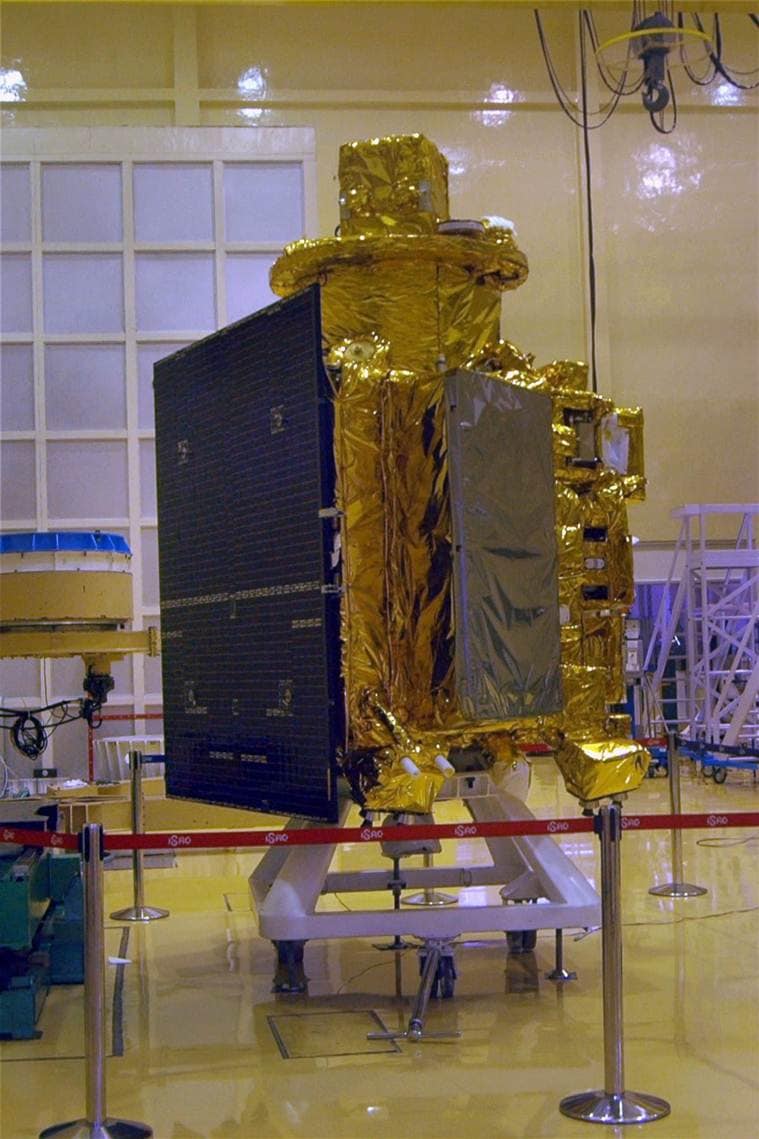‘Lost’ and found: How India’s lunar spacecraft Chandrayaan-1 was located by NASA
The spacecraft was successfully launched by ISRO on October 22, 2008 and barely a year after it was launched ISRO lost communication with the spacecraft on August 29, 2009.
 Chandrayaan- I — The first Moon mission by India (AP File Photo/Indian Space Research Organization, HO)
Chandrayaan- I — The first Moon mission by India (AP File Photo/Indian Space Research Organization, HO)
India’s first mission to Moon, the Chandrayaan-1, that was considered lost almost eight years back, has been found orbiting the Moon some 200 kilometers above the lunar surface. According to a recent NASA report, “A new technological application of interplanetary radar pioneered by scientists at NASA’s Jet Propulsion Laboratory in Pasadena, California, has successfully located spacecraft orbiting the moon – one active, and one dormant. This new technique could assist planners of future moon missions.”
Watch What Else Is Making News
The spacecraft was successfully launched by the Indian Space Research Organisation (ISRO) on October 22, 2008 from the Satish Dhawan Space Centre in Sriharikota, about 100 kilometers (63 miles) north of Chennai. Barely a year after the Moon Craft was launched, ISRO lost communication with the spacecraft on August 29, 2009. The spacecraft included a lunar orbiter and an impactor. An ISRO report had earlier mentioned that the lunar mission was circling around the Moon at a height of 100 km from the lunar surface for chemical, mineralogical and photo-geologic mapping of the Moon. It carried around 11 scientific instruments that were reportedly built in India, USA, UK, Germany, Sweden and Bulgaria.
On Thursday, Marina Brozovic, a radar scientist at JPL and principal investigator for the test project by NASA said, “We have been able to detect NASA’s Lunar Reconnaissance Orbiter [LRO] and the Indian Space Research Organization’s Chandrayaan-1 spacecraft in lunar orbit with ground-based radar.”
 Chandrayaan-1 launch on Oct 22, 2008
Chandrayaan-1 launch on Oct 22, 2008
“Finding LRO was relatively easy, as we were working with the mission’s navigators and had precise orbit data where it was located. Finding India’s Chandrayaan-1 required a bit more detective work because the last contact with the spacecraft was in August of 2009,” Brozovic added.
“The Chandrayaan-1 spacecraft is very small, a cube about five feet (1.5 meters) on each side — about half the size of a smart car. Although the interplanetary radar has been used to observe small asteroids several million miles from Earth, researchers were not certain that an object of this smaller size as far away as the moon could be detected, even with the world’s most powerful radars. Chandrayaan-1 proved the perfect target for demonstrating the capability of this technique,” said the NASA report.
A report from October 2008 by the Department of ISRO stated, after the successful launch of the country’s first lunar exploration mission, the orbit was raised to 200 km on May 2009. The satellite had made more than 3400 orbits around the Moon and the mission was concluded after ISRO lost communication with the spacecraft on August 29, 2009.
Also Read | ‘Lost’ since 2009, India’s Chandrayaan-1 found orbiting Moon, says NASA
The idea of the mission to the Moon was initially raised in a meeting of the Indian Academy of Sciences in 1999 that was followed by a meeting of the Astronautical Society of India later in 2000. The Indian Government on November 2003 approved ISRO’s proposal of the first Indian Moon Mission, named Chandrayaan-1.
“The Chandrayaan-1 mission performed high-resolution remote sensing of the moon in visible, near infrared (NIR), low energy X-rays and high-energy X-ray regions. One of the objectives was to prepare a three-dimensional atlas (with high spatial and altitude resolution) of both near and far side of the moon. It aimed at conducting chemical and mineralogical mapping of the entire lunar surface for distribution of mineral and chemical elements such as Magnesium, Aluminium, Silicon, Calcium, Iron and Titanium as well as high atomic number elements such as Radon, Uranium and Thorium with high spatial resolution,” an ISRO report had stated.







